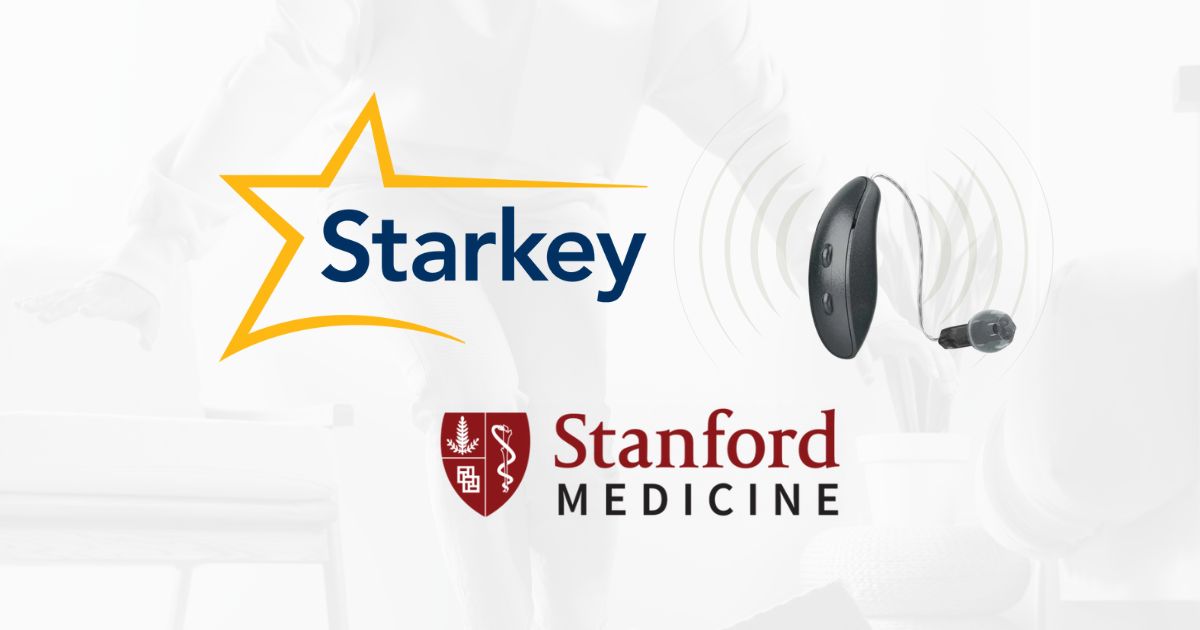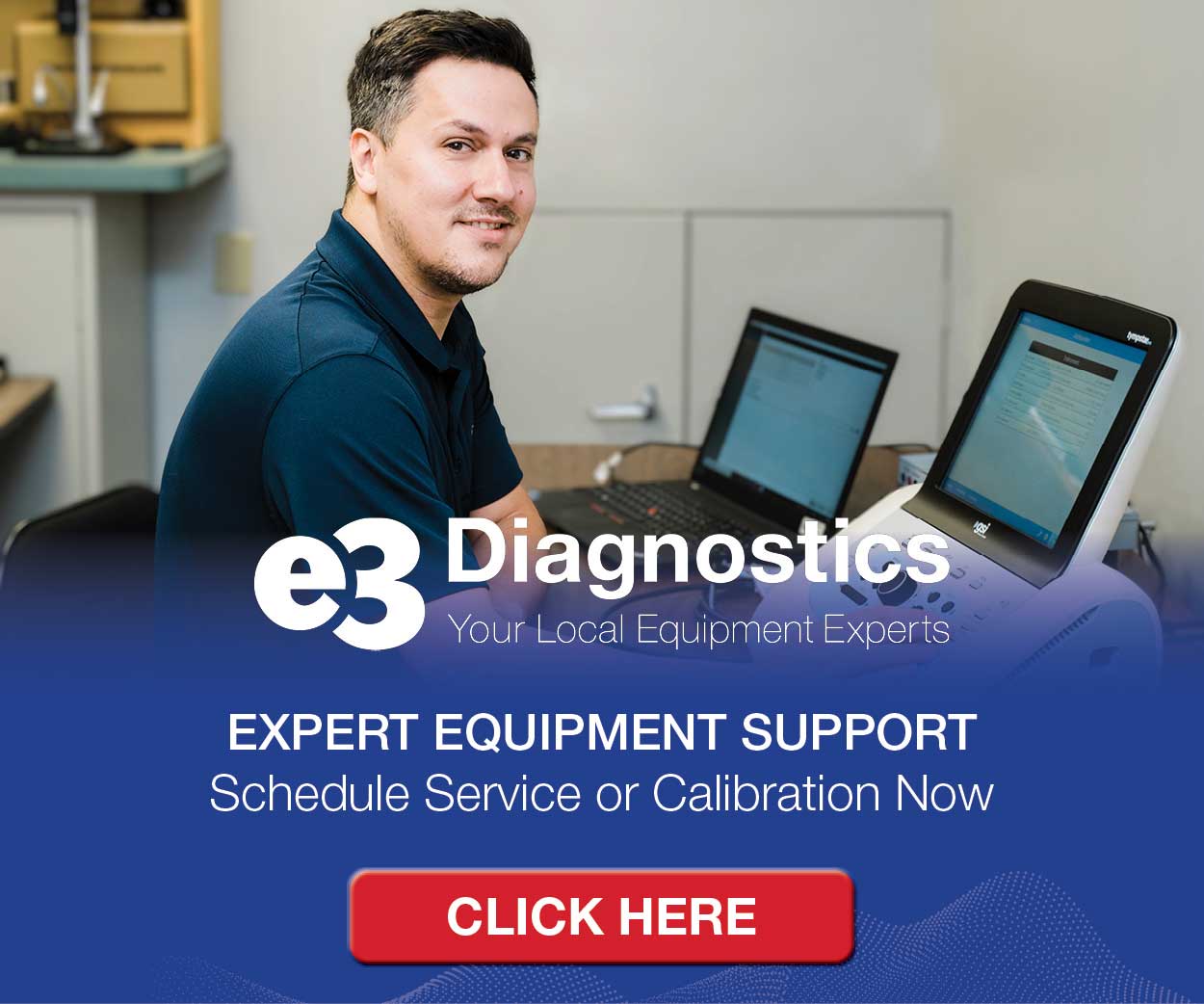EDEN PRAIRIE, MINNESOTA – Starkey has collaborated with researchers at Stanford University to evaluate its Balance Assessment feature, a technology available with Edge AI. A recent peer-reviewed study, published in Otology & Neurotology, examines the findings of this research, contributing to the ongoing exploration of balance assessment in hearing technology.
Falls are a leading cause of injury among older adults, prompting research into technologies that assess fall risk. The Balance Assessment feature in Starkey’s hearing technology utilizes motion sensors and artificial intelligence (AI) to measure factors associated with fall risk. A study conducted by Stanford University evaluated the accuracy of this technology by comparing its automated scoring to assessments recorded by healthcare professionals.
“Starkey is dedicated to pushing the boundaries of what hearing aids can do by integrating advanced health and wellness technologies. This research collaboration with Stanford Medicine demonstrates the potential of leveraging artificial intelligence and motion sensor technology to address critical health challenges like fall risk. By validating our Balance Assessment feature, we are taking a significant step toward empowering patients to proactively monitor their health and improve their quality of life.”
–Achin Bhowmik, Ph.D., CTO and EVP of Engineering at Starkey
The Balance Assessment feature is a first-of-its-kind tool designed to identify patients who may be at a higher likelihood of falling and encourage them to seek additional balance testing, if applicable. The assessment is done through the My Starkey app, which gives visual and audio instructions. U
Balance Assessment
Using the Center for Disease Control and Prevention’s (CDC) Stopping Elderly Accidents, Deaths & Injuries (STEADI) protocol, the assessment goes through a questionnaire and three functional balance assessments. The sensors onboard the hearing aid are used to measure the movements and work with the My Starkey app to score each test based on age-based norms.
This double-blind study evaluated the efficacy of Starkey’s Edge AI Balance Assessment feature by comparing scores from trained observers to data captured by the sensors onboard the hearing aids (IMU-HAs). Researchers found agreement between the trained observers and the IMU-HAs that is highly encouraging for the remote self-identification of patients at a greater risk of falling.
“This study is a game-changer in fall risk assessment. Our findings show that hearing aids with built-in motion sensors and AI can accurately evaluate balance, just like trained clinicians,” said Dr. Kristen K. Steenerson, departments of Otolaryngology–Head and Neck Surgery and Neurology & Neurological Sciences at Stanford Medicine.
“This breakthrough makes fall prevention more accessible than ever, especially for those with limited access to specialized care. Empowering patients with real-time health insights through their hearing aids is an exciting step toward reducing fall-related injuries and improving quality of life.”
As hearing loss is increasingly recognized as a risk factor for falls, hearing aids present an opportunity to support balance monitoring and encourage further evaluation when needed. This is particularly relevant for patients in underserved areas with limited access to vestibular screenings.
The integration of health and wellness features into hearing aids has expanded in recent years. Starkey was the first to incorporate 3D sensors, step counting, and tools to track social engagement. The company also introduced the first fall detection and alert system in hearing aids.
With Edge AI, Starkey developed the first self-guided balance assessment exercise, allowing users to assess their balance directly through their hearing aids.
*Read the full paper here and watch Starkey Sound Bites below to learn more:
About Starkey
Starkey is a privately held, global hearing technology company headquartered in Eden Prairie, Minnesota. Founded by Bill Austin in 1967, Starkey is known for its innovative design, development and distribution of comprehensive digital hearing systems. Led today by President and CEO Brandon Sawalich, Starkey is the only American-owned provider of hearing technologies. The company has more than 5,000 employees, operates 29 facilities and does business in more than 100 markets worldwide. Learn more at starkey.com.
Source: Starkey






